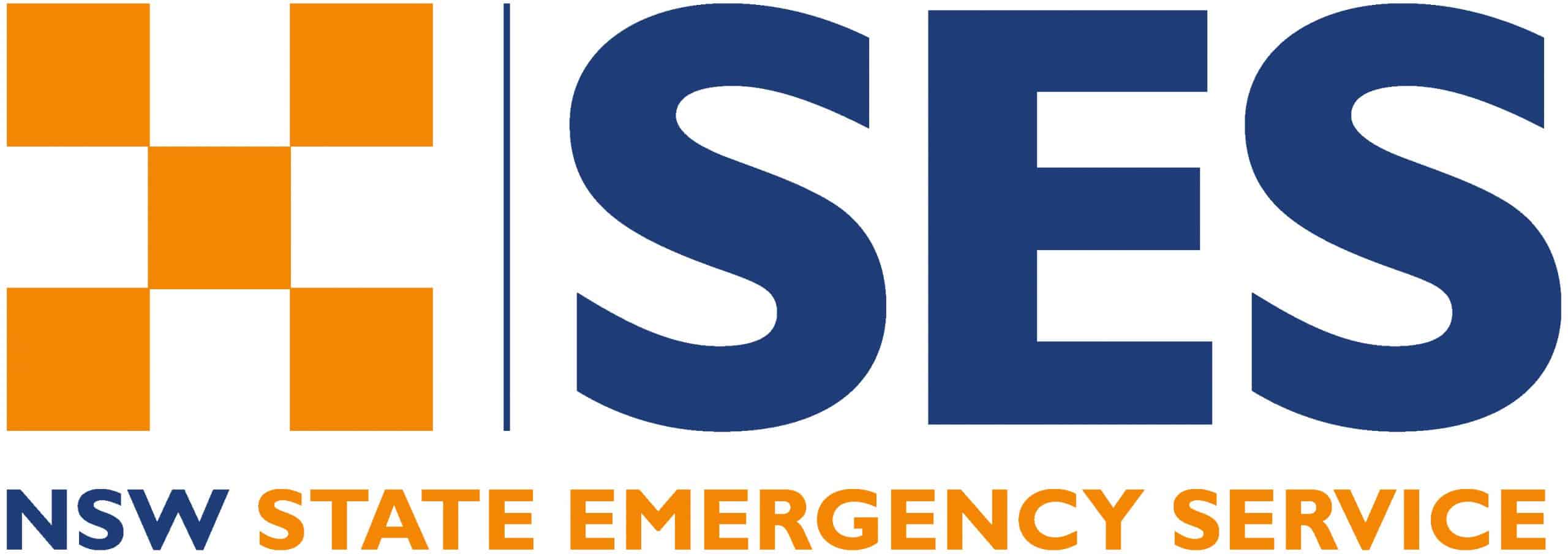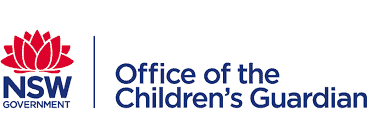So, what do we think 2022 has in store, particularly for organisations, teams, and leadership?
In 2022, the need for ongoing leadership flexibility, agility, adaptability, and resilience continues. We must continue to adapt.
Hybrid working will continue. Talent shortages will continue. Whether you believe The Great Resignation will happen or not in Australia, 1 million or so skilled workers have left the country, so until net immigration catches up, we predict skills shortages until well into 2023 for many roles.
Many teams are going to have to continue to take up the slack left by roles unfilled from resignations or needing more people due to expansion – and from companies simply not wanting to risk taking on more people or trying to maximise profit/ save costs.
Whether your team is remote/ hybrid working or otherwise, the 7 critical trends our research highlights are:
- Building Sustainable, Proactive Leadership and ‘on purpose’ Team Practices
- Building/Re-building Team Culture
- Strategic Planning
- Alternative Analysis and Critical Thinking Skills
- Coaching Culture Leadership
- Performance Development, Feedback, and Performance Management Conversations
- Maximising productivity and time management [especially in hybrid and remote working environments]
What exactly does all that mean?
1. Building Sustainable, Proactive Leadership and ‘on purpose’ Team Practices
One of the over-arching threads our research throws up for 2022 is about building Sustainable Proactive, ‘on purpose’ Leadership and Team Practices. A common theme we hear is that many leaders and teams in 2021 have been ‘too busy chopping down trees to sharpen their axes’. As a result, people have been working harder and are exhausted.
People were pushed hard [again] in 2021, often continuing to operate in reactionary, crisis, survival mode, pushing through, waiting for ‘things to change and return to some form of certainty/normality’.
While we’ve mostly got away with that so far, that has to change in 2022. Building sustainable, proactive, ‘on purpose’ leadership practices that develop, engage, and retain people is the message for 2022.
Consciously building structure and process into leadership practices so things happen by design, not chance. That includes proactively looking after people’s mental health as part of day-to-day leadership rather than waiting until there is already a problem; and learning from, applying lessons, celebrating, and building resilience from what we managed to push through in 2021.
Like it or loathe it, hybrid working is here to stay. 2 days in the office and 3 days WFH seems to be the leading practice, although 3 office days and 2 days WFH also seems to work. Leaders and teams proactively managing this is going to be critical.
1a. See Leadership and Teams through ‘individual people’ lenses
Each person in your team is a mobile vehicle containing a unique mix of 86-100 quadrillion (86-100,000,000,000,000,000!) neuronal connections in their brain alone, built through their lifetime of personal experience – and a lot of experience gained over the past 18+ months!
Tailoring leadership to each unique individual is what the best leaders do. Apply your leadership knowledge and training with that outcome in mind.
2. Building/Re-building Team Culture
If teams return to offices or operate new hybrid models, teams will need to re-bond and reform. This will be particularly important for executive teams and teams where new hires/new managers have joined during remote working periods.
Many teams have been trading on past team trust and relationships. While that’s often worked well until now, it’s not sustainable long term as team structures change and even more new team members come on board – something that will increase as talent shortages bite deeper.
We’ve seen that ongoing remote working has meant what used to be an office/ company/ organisational culture has simply evaporated in many cases.
The flip side is those remote working environments have distilled that evaporated organisational culture into ‘bottled micro-cultures’ of a manager and their team, especially where people have been working remotely for a considerable time. The leader is now more responsible for team culture [and hence organisational culture] than ever before.
As with any ‘distillation’ process, most of the distillates are enjoyable, some are unpleasant, some are outright toxic. All this has a massive impact on people engagement and is undoubtedly a keystone piece in the jigsaw of ‘The Great Resignation.’
Leaders’ responsibilities now weigh heavier and have more impact on micro-cultures and people’s engagement than ever before. We need to support our managers at every level more than we ever have done before.
3. Strategic Planning
Many Executive and senior leadership teams have understandably been very reactive, often taking a ‘let’s get through this immediate crisis then see what happens’ view of things. That’s been a reasonable strategy for most so far, given past pandemic events, but we see that as 2022 unfolds, more proactive short-medium term planning is going to be critically important.
However, if there was ever a time for reappraisal and short to medium term strategic planning, (underpinned by critical and collaborative thinking – see point 4 below), 2022 is that time!
Plans will need to continue to be super-flexible and dynamic – of course! And able to be easily remotely accessed and updated by all stakeholders, to mitigate the risk of any future restrictions. We recommend using dynamic collaboration tools like Mural, which are extremely effective in any environment, remote or face to face, can be accessed by any number of people, and can quickly be updated as situations change.
4. Alternative Analysis and Critical Thinking Skills (Red Team mindset)
We think things are going to change as, or even more rapidly in 2022. Seeing things through an Alternative Analysis and Critical Thinking (AACT) lens, listening to what your people have to say and making constructively critical and contrarian thinking part of the strategic planning process right down to frontline staff is going to be even more important than ever.
Execs need to make sure voices are heard at all levels in a team and across the organisation. Frontline and customer facing staff often have the best view of what needs to change but rarely have the chance to voice opinions and be heard.
If people do not feel psychologically safe to speak up and do not have an environment where they have a chance to voice opinions and be heard, they will disengage [more]. Groupthink will prevail. People simply keep their heads down, leave meetings muttering “that’ll never work” or “no point in saying anything, they never listen” under their breath, and the good ideas, knowledge, and motivation to change things for the better is lost – perhaps forever, as the next step is people leave. Cue more of the ‘Great Resignation.’
In 2022, giving people a safe space to speak up and be heard, to challenge assumptions, to voice suggestions for improvements is going to be even more important than ever.
5. Coaching Culture Leadership
If ever there was a year for Coaching Leadership to accelerate, 2022 is it!
Coaching Leadership that is outcome-based; empowering people to work more autonomously, take ownership and responsibility; ask-not-tell; listen; purpose driven and connected; solution-focused; sharing thinking and collaborating; continuous improvement; learn from failure leadership, etc
The more command and control, ‘telling people what to do and how to do it’ a leader is, the more likely and insidious disengagement and Groupthink become. Innovation dies. The vast majority of the time, the people within the organisation have the answers – they just don’t get the chance to share that information.
Coaching Leadership creates psychologically safer workplaces that build a culture of people being heard and empowered at all levels. Coaching Leadership – 70% of the time, every day, is THE single best leadership practice for engagement, collaboration, innovation, and high performance.
Leaders that make the transformation to Coaching Leaders in 2022 are those who stand the greatest chance of engaging and retaining their people and maintaining high performance.
2022 is THE year to step into Coaching Leadership.
6. Performance Development, Feedback, and Performance Management Conversations
In every organisation, these types of conversations always have been important, and are becoming even more critical. However, in many cases they have been done infrequently, poorly, or not at all. Leaders need support in having these conversations now more than ever.
We’ve heard stories of even Government agencies who have put off having Performance, Feedback and Career conversations since the pandemic kicked off, thinking “let’s wait until [insert latest crisis] is over.” Nearly 2 years later, they’ve now realised they clearly cannot put it off anymore. Your team may not be that extreme, but we hear of varying degrees of the same in many places.
Having proactive, structured feedback, performance conversations are critical at the best of times, but especially important to engage and retain people. Even more so where talent shortages are draining people out of the organisation – the engagement is being drained out of people who do stay in the organisation.
Structured feedback and performance conversations will become more and more critical as people leave and new people join teams, especially where teams can no longer trade on past team culture and trust. Teams need to build process and structure around this, so it becomes embedded in future culture.
7. Maximising Productivity and Time Management
We’ve all managed to push through until now, often running on sheer grit, adrenaline, and determination, adapting to remote and hybrid work as best we can.
We can all only run on grit and adrenaline for so long. We see 2022 as the time to consolidate structure and process in how we work, making things more efficient and more effective through better, more structured, and proactive Time Management practices, particularly managing emails and diaries/calendars.
Efficiency is going in a direction as quickly and smoothly as possible. Effectiveness is going in the right direction. Time management and other practices that combine those things (structured and proactive leadership, team culture, strategic planning, etc) are even more critical in 2022 than ever.
Structured time management practices take things out of our heads and give us more space to think – literally! We become more effective in determining the right direction and more efficient going in that direction.
GET IN TOUCH if you’d like to have a complimentary discussion about how we can work together to Make the World a Better Place through Better, Neuroscience-based Leadership.
























































